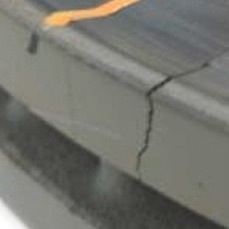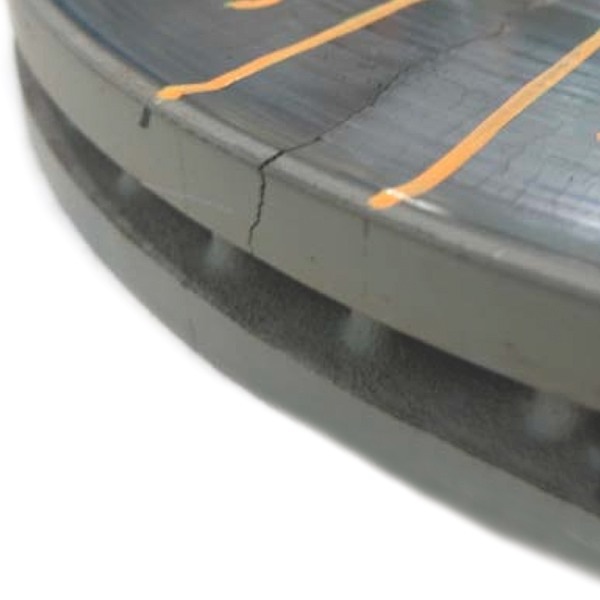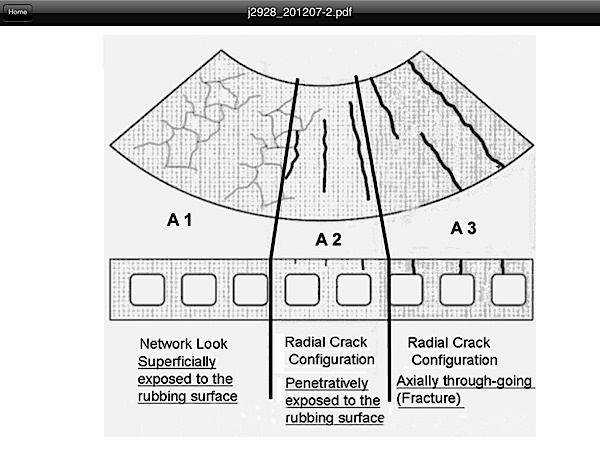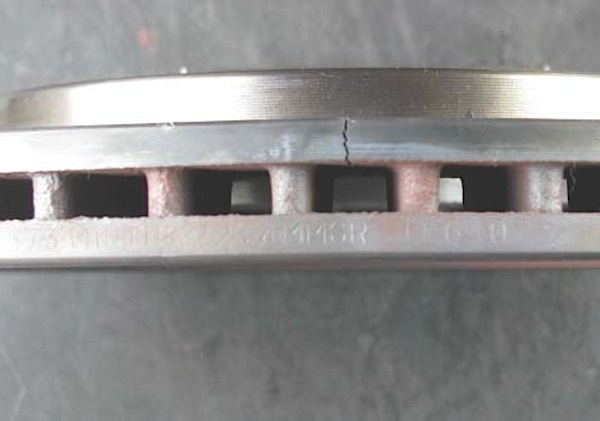







Are you maximizing your scan tools to their full potential? Don’t let them be just an expensive code reader.
If there’s a truth that extends across all computerized devices, it’s that we likely utilize only a fraction of the things they have the ability to do. Mobile phones are a great example. How many people do you know who only use them for calls, voicemail and text messages? We all know they do so much more.The scan tools we use every day fall into the same category. Are you maximizing yours to their full potential? Don’t let them be just an expensive code reader. That may be easier said than done, because it takes a lot of time to understand both the scan tool and how well it interacts with the vehicles you’re working on, but there are a few factors that can help you dive a little deeper into the functions at your fingertips.
Resurfacing drums and rotors is a machining process with its own specific guidelines.

Oil type is just as important as oil capacity.

Steve Coffell, a technician at Auto World in Hazelwood, MO, says his Top 5 Favorite Tools are: Related Articles – Lisle Low Profile Fuel Line Disconnect – Dent Fix Soft-Shock Mallet DF-SM76 Reduces Damage – New ProMAXX Diesel Fuel Injector Seal Puller/Saver ProKits OTC Genisys Touch – Quick scan, bidirectional control Snap-on VANTAGE Pro
A wheel bearing that’s out of adjustment can reduce bearing life and can affect more than just the bearing. It’s important to adjust the wheel bearing endplay to the proper specifications. If the bearing set is adjusted too loose or too tight, it can cause the bearing to fail prematurely. There are a few types of assemblies, so using correct procedures and tools will ensure a comeback-free wheel bearing installation.

As we enter 2024, strategic career planning is essential for success in the automotive repair industry.

Interchangeable anvils are a feature on some new impacts.

We’re here to help you see all the tools, so you can invest wisely.

Multimeter accuracy is critical for EV diagnostics.
